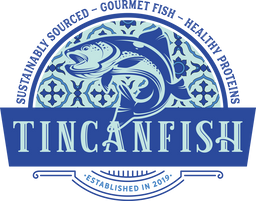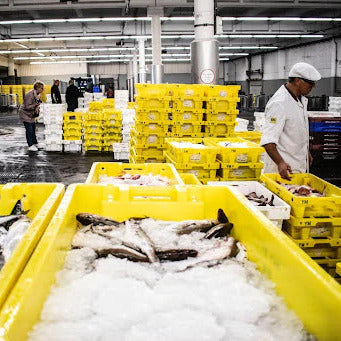The views expressed in the following article are purely opinionated.
Sustainability is a term that is thrown around a lot these days. Unfortunately, it can be unclear if it is being used as an ethos, a call to action, or a hollow marketing campaign. This is especially pertinent to the fishing industry, as a lot of focus of current conversations revolves around our impact on the earth’s oceans, and how we might fish sustainably, or at all, with rising temps and other environmental, anthropogenic factors.
There’s a lot to sift through, but it doesn’t have to be difficult. Today we are going to look at sustainable fishing, what it means in the context of various cultures and economies, and how you can be a conscious consumer in purchasing fish. We will also look at best practices in supporting the businesses that are working hard to shift the industry.
These are important elements to be constantly learning about and re-evaluating with scientific research and cultural sensitivity. Let’s dive in.
Defining Sustainability
According to the UN World Commission on Environment and Development: “sustainable development is the development that meets the needs of the present without compromising the ability of future generations to meet their own needs.”
The UCLA Sustainability Committee defines sustainability as
“The integration of environmental health, social equity, and economic vitality in order to create thriving, healthy, diverse, and resilient communities for this generation and generations to come. The practice of sustainability recognizes how these issues are interconnected and require a systems approach and an acknowledgment of complexity.”
These definitions are really helpful to go off of. However, people can, of course, interpret how these concepts are put into action in various, sometimes conflicting ways. Often, sustainability, conservation, eco-activism, and land stewardship are muddled together in popular discourse in detrimental ways.
All of this occurs in the face of large corporations that consume finite resources and destroy precious habitats. Conservation and restoration movements have brought these issues to the forefront but also have a shadowy history in respecting the rights of Indigenous groups to their ancestral lands and waters. Often, the marginalized communities that are most impacted by unsustainable practices have the least say and sway in the legislative process and the actions that are taken in the name of conservation.
All of this ties into sustainable fishing, of course. The nuances of restorative, regenerative, sustainable practices regarding our oceans, rivers, streams, and lakes will continue to unfold.

So, What Is Sustainable Fishing?
The Marine Stewardship council puts it plain for us: sustainable fishing means “leaving enough fish in the ocean and protecting habitats and threatened species. By safeguarding the oceans, people who depend on fishing can maintain their livelihoods.”
And there are tangible steps that go into shifting the fishing industry into a sustainable model. These aspects look like minimizing environmental impact; maintaining, replenishing, and protecting healthy fish stocks; and effective and efficient fishery management. These are just a few examples. Aggressive legislation and consumer activism are also a piece of the puzzle.
How And Where To Purchase Ocean Products
So, we now understand sustainable fishing at its most basic. You don’t need to be an expert in the topic to know that you can be responsible for your consumer choices and give your precious dollars to the companies that are insisting on sustainable fishing practices.
Do the research and ask questions about the shops and companies where you purchase fish (whether it's fish from freshwater, wild-caught, or fisheries) ocean goods. Often, local retailers will quickly reveal pertinent information on where they get their fish, as working with sustainable fishing companies is something to be proud of.
It’s also quite easy to support companies that provide sustainable products online. For those people who live far away from the ocean, this can be a good way to know who you are working with and what you are getting, whether that’s tinned clams, frozen shrimp, or anchovies for your pizza.
Ultimately, it’s all about relationships. Be an expert and an advocate in collaboration with the people who harvest your food. That is true sustainability.

Activism In A Warming Globe
We need to care about this. NOAA explains that “wild-capture fisheries and environmentally responsible marine aquaculture play an increasingly important role in our food supply, our health, and the environment.” This will continue to be the case as we move forward into the future - a future that hopefully includes fair, sustainable access to healthy, ecologically-conscious food. It’s the only way forward.
Featured Image: image


